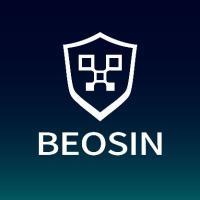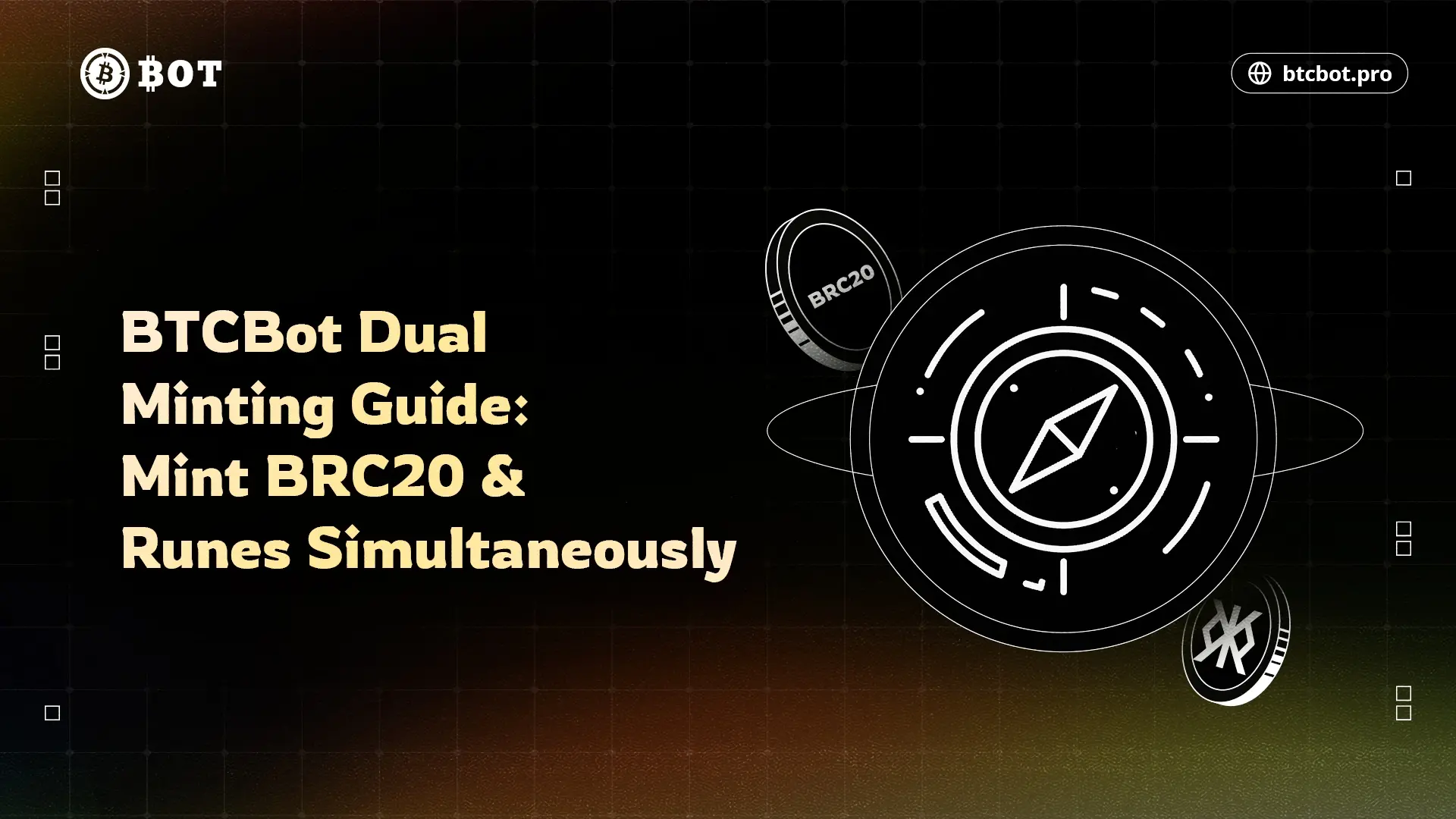The BTC ecosystem is booming, analyzing the potential opportunities and risks of its various derivative protocols
Author: Beosin
In the first half of this year, the Ordinals protocol and BRC20 on the Bitcoin network gained immense popularity, injecting new vitality into the Bitcoin ecosystem. In May, Beosin collaborated with SUSS NiFT to research and publish the article “In-depth Research Report | The New Era of Bitcoin: Opportunities and Risks of BRC-20”, which provides a detailed analysis of the origins, development, value, and risks of the Ordinals protocol and BRC20.
Starting in October, driven by news of Bitcoin ETFs, the value of Bitcoin rebounded, and the ecosystem of various derivative protocols rapidly developed: UniSat launched BRC20-swap, the Atomicals protocol and ARC20 went live, and Taproot Assets integrated with the Lightning Network released version 0.3 alpha, while Tether plans to issue USDT on the RGB protocol… In this article, Beosin will introduce common Bitcoin derivative protocols, helping to understand their potential value and risks.
1. The Resurgence of Ordinals and BRC20
The Ordinals protocol was introduced by Bitcoin core contributor Casey Rodarmor, allowing the creation of Bitcoin NFTs by assigning different "attributes" to each satoshi. It also enables the creation of fungible tokens by providing a unified "format" and "attributes." Inspired by the Ordinals protocol, Twitter user @domodata created the BRC20 token standard on March 8, 2023, using ordinal inscriptions of JSON data to deploy token contracts, mint, and transfer tokens.
After nearly a year of explosive growth, silence, and resurgence, major exchanges have announced support for the BRC20 protocol, with many BRC20 token prices reaching new highs, and the market cap of Ordi exceeding $400 million, with daily trading volume reaching $800 million. The Brc20-swap launched by UniSat provides richer liquidity for leading BRC20 tokens.
While trading is booming, the following security risks of the BRC20 protocol cannot be ignored:
(1) Fake Deposits / Double Spending Attacks
On the evening of April 23, a BTC address starting with bc1pw launched a double spending attack on UniSat's BRC20 Marketplace, attempting to transfer 5,000 Ordi and 35,000 Ordi to its own address by minting transferred Ordinals NFTs out of thin air, and tried to list the fabricated Ordi inscriptions for trading. Subsequently, UniSat suspended the BRC20 inscription service for investigation, and Beosin immediately used Beosin KYT to analyze and track the address:

source: Beosin KYT
UniSat later re-verified the inscriptions and restored 70 affected transactions, preventing potential losses of over a million dollars.
(2) Centralization Risks
The BRC20 protocol treats inscriptions as a ledger for recording the deployment, minting, and transfer of BRC20 tokens. Since smart contracts cannot run on Bitcoin, BRC20 tokens cannot query the current token information through running programs. Therefore, BRC20 uses centralized servers to retrieve Bitcoin blocks, recording all operations related to BRC20 token deployment, minting, and transfer.
This centralized settlement process may lead to different results for token balance queries of a particular account across different platforms. Although all operations are recorded on-chain, the verification of these operations is handled by a specific client. The entire BRC20 ecosystem needs to achieve decentralized indexing services.
2. Atomicals and ARC20
The Atomicals protocol uses the smallest unit of Bitcoin, satoshis, as UTXOs to represent tokens. UTXO (Unspent Transaction Outputs) is the basic unit of Bitcoin transactions. When verifying Atomicals transactions, it is sufficient to query the corresponding satoshi's UTXO on the Bitcoin network. This way, ARC20 token transactions are entirely processed by the Bitcoin network, minimizing issues with centralized retrieval services.
Currently, there are only 11 types of ARC20 tokens, and their total trading volume is far below that of BRC20, with the leading token ATOM currently valued at $31 million. Its derivative ecosystem, Realm (domain) and Collection (NFT), is also in a very early stage, with the more popular Atommap requiring users to mint NFTs through proof of work, resulting in a higher entry barrier for users.

Atomicals Protocol Trading Market: https://atomicalmarket.com/
Due to the very early stage of the Atomicals protocol, there have been reports of users being scammed in OTC trades. Beosin KYT has marked the scam addresses and is continuously tracking their fund flows:

source: Beosin KYT
In addition to being cautious of OTC scams, the ecosystem of Atomicals protocol wallets, trading markets, etc., is not yet complete, and users should also be aware of the following risks:
(1) Atomicals Wallet Not Audited
The Atomicals wallet plugin is a secondary development based on the UniSat wallet, currently open-sourced but not yet completed security audits. Previously, the Atomicals wallet plugin was removed from the Google Store but has since been re-listed.
(2) Liquidity Risks
According to data from Atomical Market, there are currently about 5,000 users holding ARC20 tokens. Many ARC20 tokens have very poor liquidity, with almost no trading activity. Due to liquidity issues, the price of the leading ARC20 token ATOM is highly volatile. Therefore, users need to control their FOMO emotions and be cautious of liquidity shortages.
3. Taproot Assets Integrated with the Lightning Network
Taproot Assets is a protocol released by the Lightning Labs development team, which records assets by writing various information into the UTXO scripts on the Bitcoin network. Therefore, Taproot Assets can be used to issue tokens, NFTs, and various assets.
Currently, NostrAssets has issued two tokens, Trick and Treat, based on the Taproot Assets protocol, and will soon launch the Fairmint feature, allowing users to issue tokens themselves.

NostrAssets Trading Market: https://mainnet.nostrassets.com/#/marketplace/listing
It is important to note that assets issued by Taproot Assets must be deposited into the Lightning Network before they can be traded. Therefore, users must run their own Bitcoin full node and Taproot Assets client or use third-party services. The trading records of tokens also rely on third-party indexers for storage, posing potential centralization risks.
4. The Slowly Progressing RGB Protocol
The RGB protocol adds smart contract functionality to Bitcoin via the Lightning Network, based on a zero-knowledge proof state channel protocol, allowing users to conduct privacy-protected transactions off-chain. Since the RGB protocol was proposed in 2016, it officially launched RGB v0.10 in April 2023, but its complex design has led to very slow progress.
All data of RGB smart contracts is stored off-chain and run by RGB nodes. The RGB protocol uses UTXOs to store state transition proofs to track and verify the state of smart contracts, allowing users/validators to confirm whether the state of the smart contract is correct by scanning the UTXOs on the Bitcoin network.
Currently, the RGB protocol is still being updated and has not formed an ecosystem. In the future, the RGB protocol will mainly be used for asset issuance and trading, with Tether actively promoting the issuance of USDT using the RGB protocol.
5. BTC Layer 2 Introducing Smart Contracts
The limitation of Bitcoin's inability to support smart contracts restricts the development of more complex ecosystem businesses. Numerous Bitcoin sidechains and Layer 2 solutions have begun to emerge. The most notable Bitcoin Layer 2 solution is Stacks, which executes smart contracts on the Stacks network and settles transactions on the Bitcoin network, inheriting the security of the Bitcoin network. For a detailed analysis, see Beosin's article published in June, “What is Stacks? What Challenges Might the BTC Layer 2 Network Stacks Face?”

Currently, Stacks has launched a developer version of sBTC, allowing developers to test the integration of applications with sBTC in a local environment. The DeFi project Hermetica in the Stacks ecosystem has integrated sBTC for testing, and in the future, the DeFi ecosystem of BTC may become a hotspot. Beosin KYT will soon support the Stacks network, providing address analysis and tracking services for the Stacks network.
While Stacks is steadily developing, it may face the following risks:
(1) Stacks Protocol Vulnerabilities
On April 19, a vulnerability in the stacks-increase function of Stacks' consensus contract allowed certain addresses to receive more STX token rewards than theoretically calculated. Additionally, Stacks uses the immature smart contract development language Clarity, and there have been ongoing calls within the developer community to improve Clarity.
(2) sBTC Risks
sBTC is managed by a threshold signature wallet that locks BTC on the Bitcoin network, minting sBTC 1:1 through smart contracts on the Stacks network, thus achieving decentralized BTC custody and anchoring. Its threshold signatures and smart contracts must undergo strict audits to avoid exploitation of malicious vulnerabilities.
Conclusion
BRC20, ARC20, Taproot Assets, and RGB can all serve as asset issuance protocols, while Layer 2 networks and sidechains like Stacks solve the problem of Bitcoin's inability to run smart contracts. The Bitcoin ecosystem is currently in a very early stage, users should pay attention to this track but also be mindful of the risks mentioned above to avoid asset losses.










